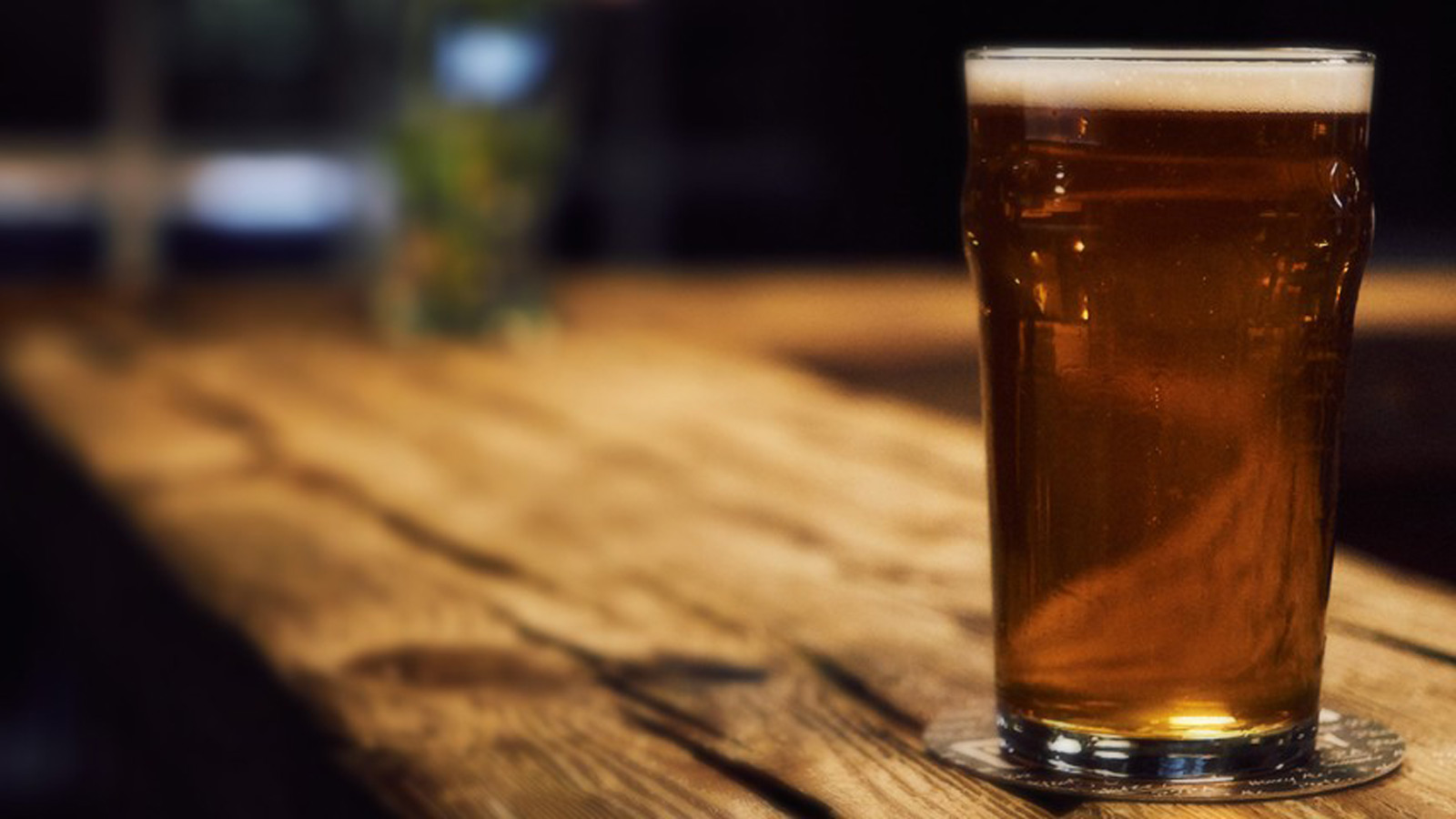Driving under the influence of drugs and alcohol is a major factor in the number of people killed and injured on our roads. Around 1 in 5 drivers and motorcycle riders killed on Victoria's roads have a blood alcohol concentration (BAC) greater than 0.05.
Read about the risks and dangers of driving under the influence, blood alcohol concentration levels, roadside testing and things you should know about prescription medication.
